After a tough jump school, gallop, or demanding ride, your horse’s legs need targeted care to reduce swelling and soreness. Wondering what really works? This guide covers the best products to use on your horse’s tired legs so you can help them recover faster and stay sound.
Rubbing Alcohol: Quick, Cool, and Cheap
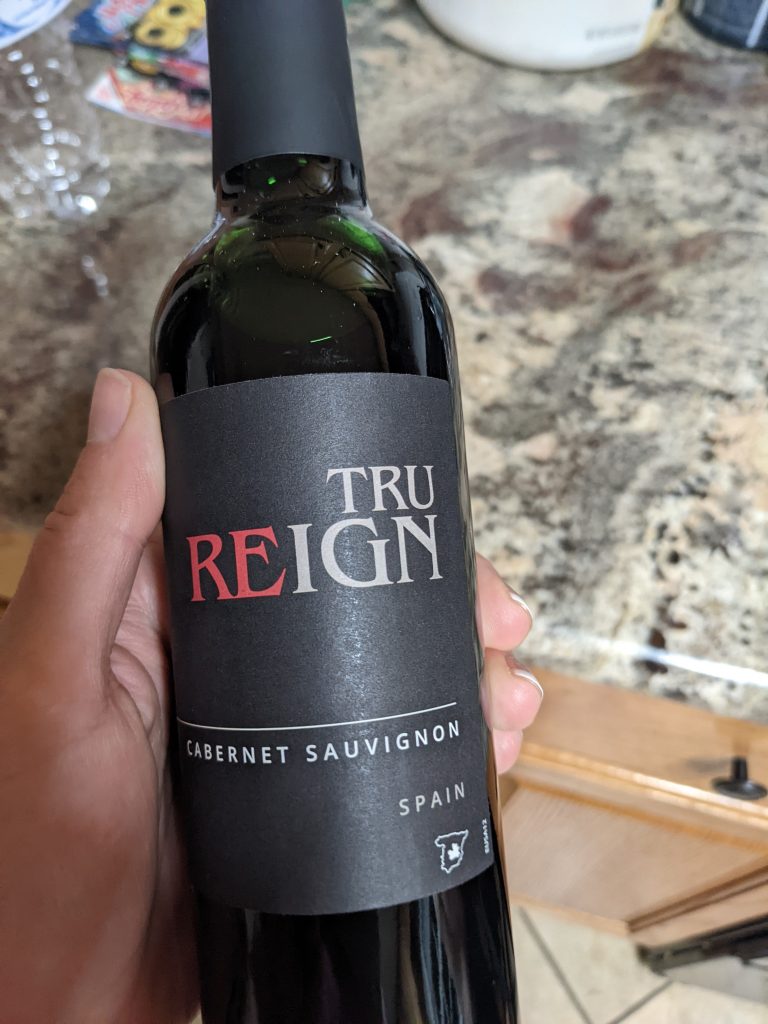
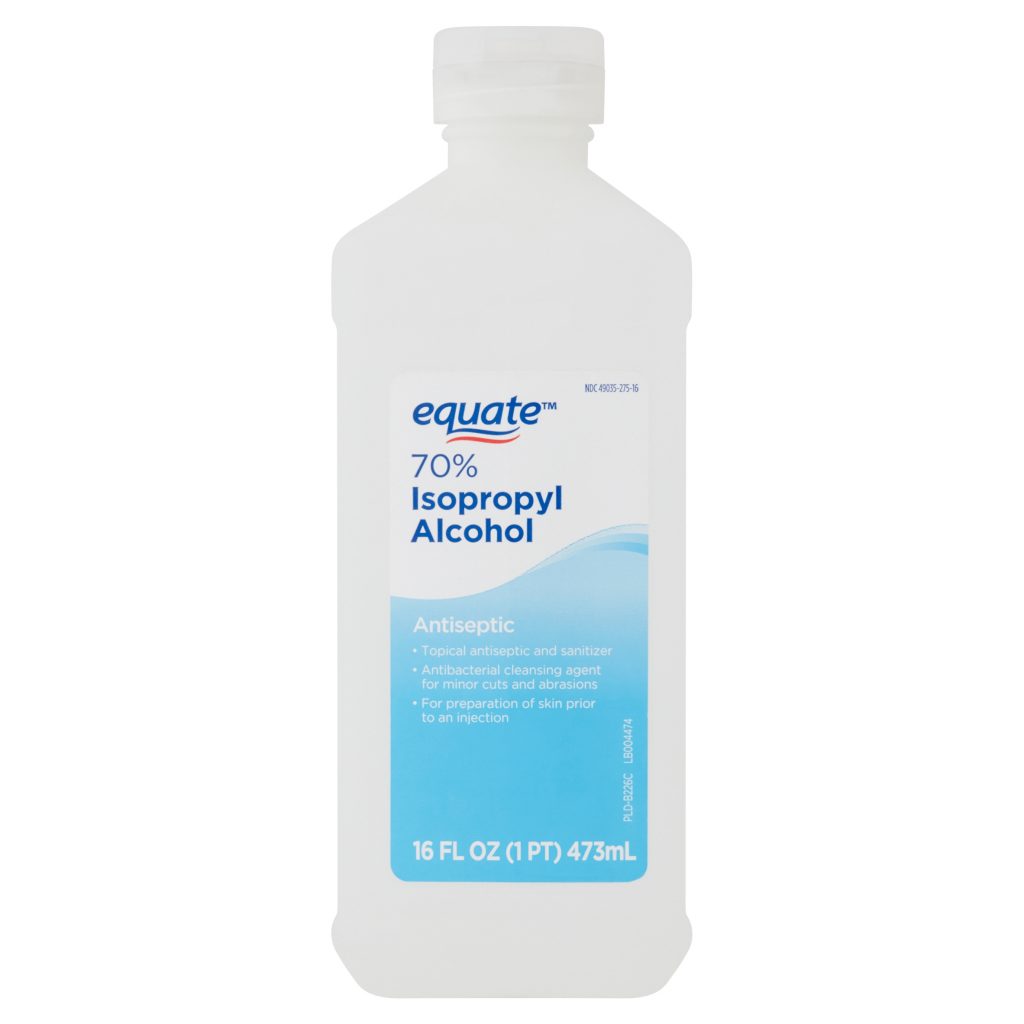
One of the simplest and most effective options is rubbing alcohol. It evaporates quickly, cools the legs, and helps reduce heat buildup. Plus, it’s easy to find and affordable.
To use, apply it generously with a spray bottle or pour directly on your horse’s legs—from knee to fetlock on the front legs, and from hock to fetlock on the hind legs. Massage the area for about 20 seconds. For a refreshing twist, try wintergreen rubbing alcohol, which gives a slight liniment effect.
How to use:
- Fill a spray bottle or pour straight on
- Cover from knee to fetlock (front legs) and hock to fetlock (hind legs)
- Massage in for 20 seconds per leg
Tip: Wintergreen rubbing alcohol adds a light liniment feel
No product beats alcohol for price, speed, and ease — that’s why it tops my list of the best products to use on your horse’s tired legs.
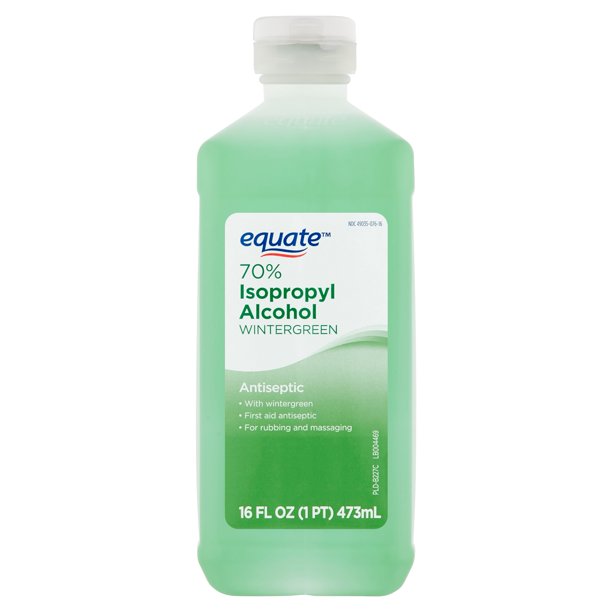
Liniment: Boost Circulation & Soothe Muscles
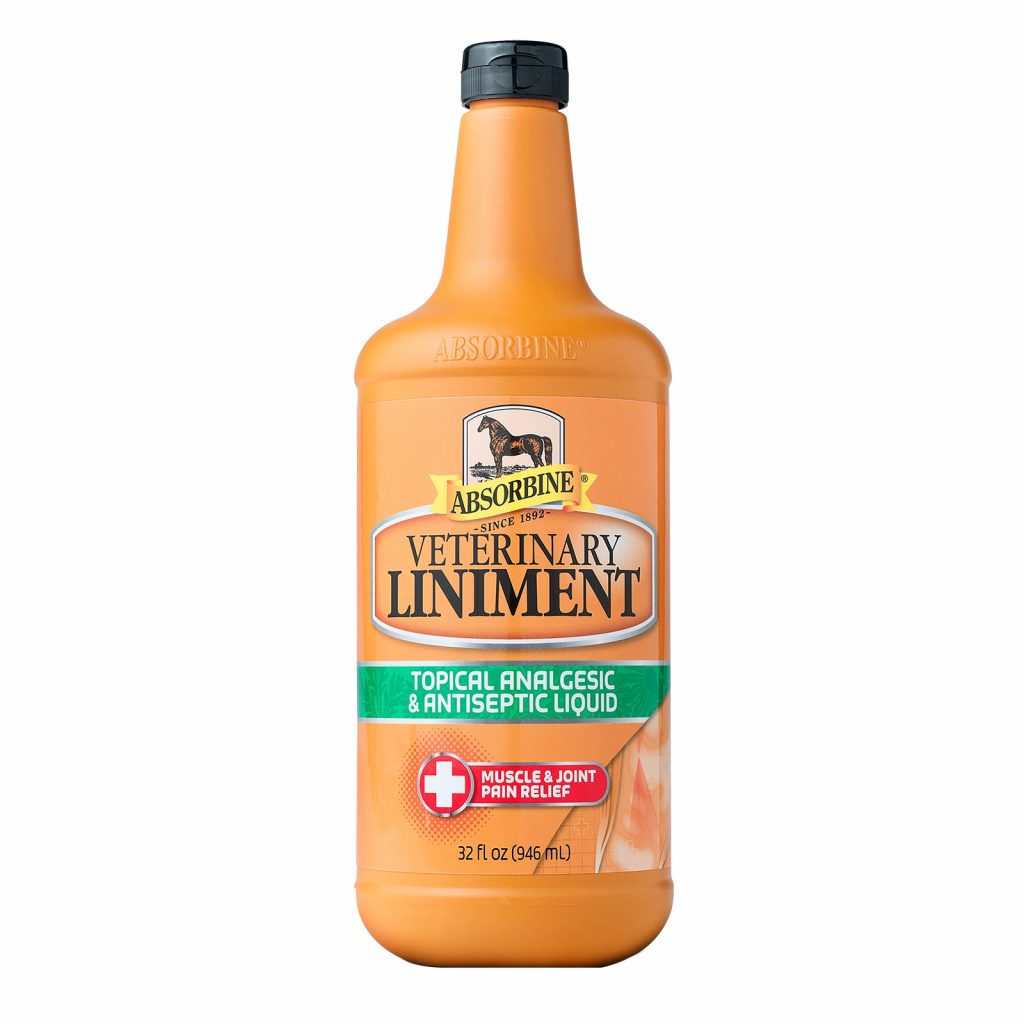
Liniments combine alcohol with herbs and oils that promote blood flow and soothe muscles. Popular commercial brands like Sore-No-More, Absorbine, and Vetrolin are great choices, or you can make your own at home by mixing wintergreen alcohol, witch hazel, and water.
Before applying liniment broadly, test a small patch on your horse’s skin to avoid irritation. Spray generously from knee or hock down to the fetlock, and lightly on large muscle groups to relieve soreness. Adding a few drops of menthol or eucalyptus oil enhances the cooling sensation.
DIY liniment:
- Mix equal parts wintergreen alcohol, witch hazel, and water
- Test first; some horses have sensitive skin
How to use:
You can also lightly spray big muscle groups after rides
Tip: Add a few drops of menthol or eucalyptus oil for a refreshing boost
Spray generously from knee/hock to fetlock
Ice: The Classic for Hard Work
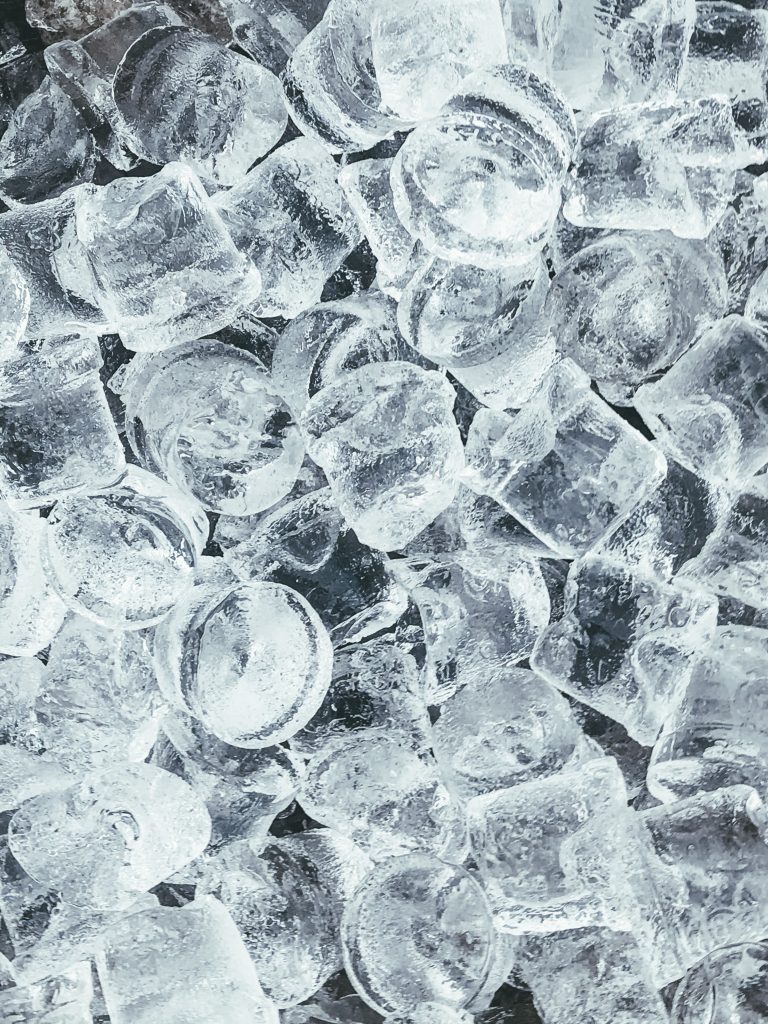
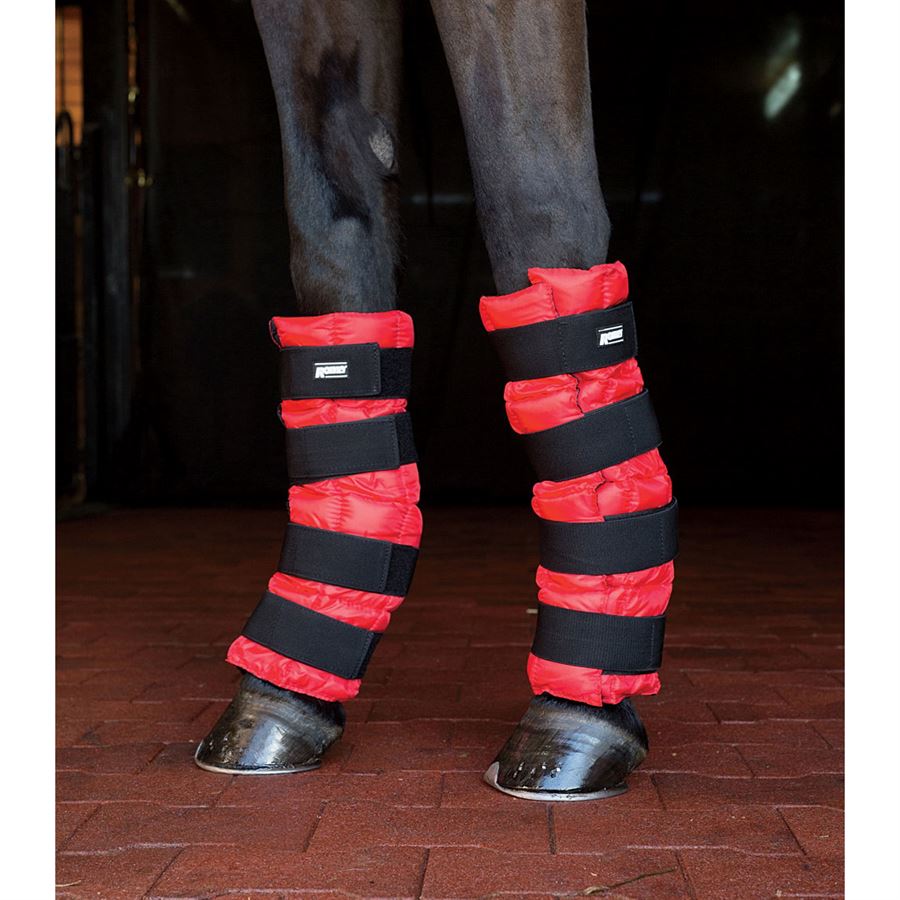
Icing is a go-to treatment for intense workouts. Using ice boots stored in the freezer or submerging legs in ice water helps decrease inflammation and swelling. Aim for about 20 minutes per session. Additionally, for more severe swelling, alternate 20 minutes of icing with 20 minutes of rest, then repeat.
Simultaneously while icing, offering hay keeps your horse occupied and relaxed.
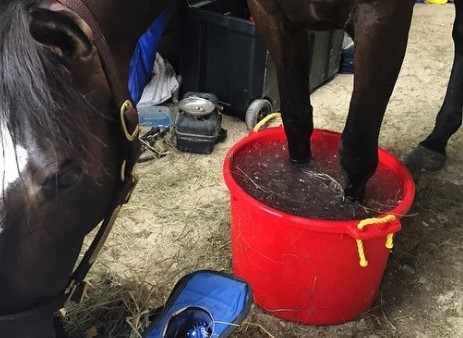
Poultice: Draw Out Heat Overnight
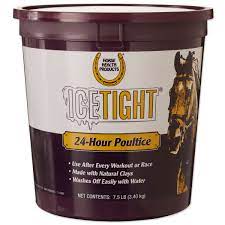
Clay-based poultices like Icetight, Sore‑No‑More, or Uptite stay damp under wraps and help reduce heat.
How to use:
- Wear gloves (for easier cleanup)
- Apply a thick layer from knee/hock to fetlock
- Cover with wet paper or shop towels, or saran wrap. Wrapping loosely (magic is in keeping the poultice wet)
- Leave on up to 24 hours, then curry off and rinse
Tip: If wrapping isn’t your skill yet, apply poultice without wraps — safer than a bad bandage
Poultices are made of clay and are commercially bought, Sore-No-More, Icetight, and Uptite make great ones. They are made from bentonite clays and can have Epsom salts or herbs for added effect and are used to draw out inflammation and increase circulation. Clay poultices are messy and you cannot use a poultice over any cuts or open wounds, so take that into account with choosing this option.
Finding the Best Products to Use on Your Horse’s Tired Legs
Ultimately, the best products to use on your horse’s tired legs vary depending on the workout intensity and your horse’s needs. Rubbing alcohol offers quick relief, liniments stimulate circulation, ice combats inflammation, and poultices provide overnight healing.
Trying a combination and observing your horse’s response will help you build the perfect recovery routine. Giving your horse’s legs attentive care means they’ll stay healthier, happier, and ready for the next ride.
Looking to purchase some of the products listed in this article? Follow my Amazong Afflilate links below to get them at a great price and help the website!
Commercial Ice Maker for the Barn
Want more information on how to to take care of your horse’s legs? Click here!
Cheers!
B
